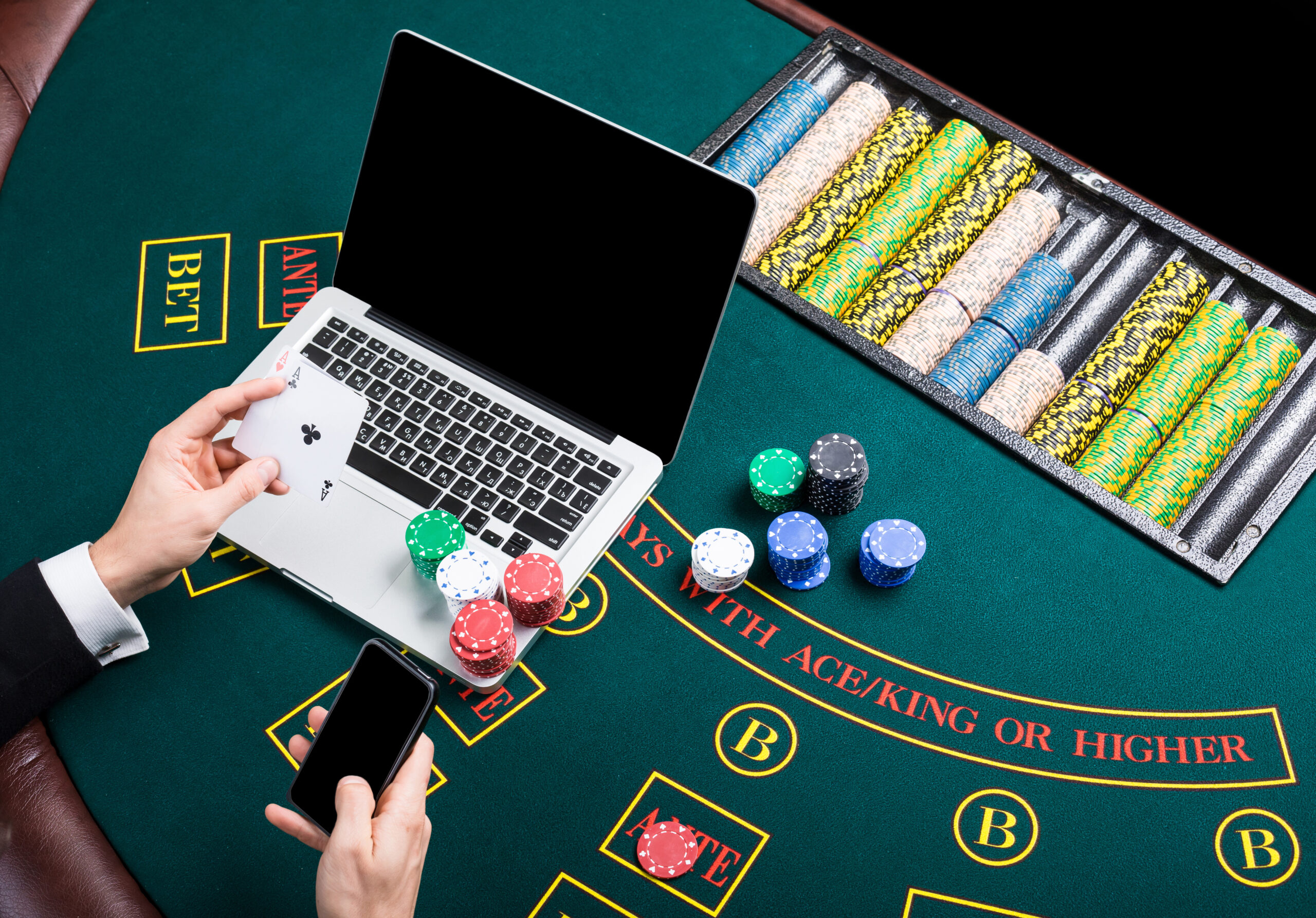Poker’s Great Reset
Before 2020, live poker rooms buzzed with energy. The shuffle of cards, the click of chips, the eye contact—those were things you couldn’t replicate online. Then COVID-19 hit, and just like that, the tables went dark.
I’ve been playing professionally for years, and like many others, I didn’t know what to expect. Would poker survive? Would it shift entirely online? Would people ever trust live venues again?
Fast forward to today, and the game is not just alive—it’s evolving in ways that none of us predicted. If you’re a player, fan, or just poker-curious, here’s what’s changed—and what’s coming next.
Online Poker’s Boom 2.0
During the early days of lockdown, online poker saw a huge surge. It reminded me of the original poker boom in the early 2000s, only this time it was driven by global isolation. Platforms like PokerStars, GGPoker, and WSOP.com saw record traffic. Suddenly, everyone from seasoned pros to total beginners was logging in from their living rooms.
For many, it was a way to stay connected and sharp. For others, it was pure entertainment. Either way, the online scene exploded—and it’s not going away anytime soon.
The convenience factor is hard to beat. You can jump into a tournament wearing sweatpants, with a coffee (or bourbon) in hand, and multi-table across several games without leaving your couch. And with anonymous tables, fast-fold options, and advanced tracking software, online play has become faster, sharper, and in many ways, tougher.
Live Poker’s Comeback—With a Twist
By 2022, live poker slowly began to return. Plexiglass dividers came down, masks came off, and the chips started clicking again. But it wasn’t the same as before—and that’s not a bad thing.
Casinos and tournament organizers got smarter. Health and safety became part of the planning. Events became more structured, more spacious, and more intentional. I noticed fewer distractions and better overall flow at venues like the WSOP and Seminole Hard Rock.
And players? They came back hungry—not just for action, but for the experience. After years of isolation, we were reminded that live poker is about people. The tells, the reads, the energy around the table—it all matters. And it felt good to be back in the room again.
The Rise of Hybrid Tournaments
One of the most interesting outcomes of the post-COVID poker world is the rise of hybrid events—tournaments that blend online and live play. Think online Day 1 flights followed by live Day 2s at major venues. The WSOP and other series have embraced this format, and I think it’s here to stay.
Why? Because it combines the best of both worlds. Players can qualify or build stacks from home, then travel to a live venue for the final showdown. It makes the game more accessible to people who might not want to travel for an entire week but still want a shot at big money and the live tournament atmosphere.
Hybrid models also give organizers more flexibility. If another wave of health concerns hits (and let’s face it, we’re not out of the woods), they can shift gears without shutting down completely.
New Faces, New Demands
Another noticeable change is the new generation of players entering the game post-COVID. These aren’t your typical grinders. They’re often younger, tech-savvy, and drawn to poker by influencers and YouTube content rather than ESPN broadcasts. They’re used to fast play, app-based formats, and gamified experiences.
To keep up, platforms and casinos are getting creative—offering mystery bounty formats, 6+ Hold’em, and fast-paced sit-and-gos. The game is evolving to meet a new kind of demand: instant engagement, modern branding, and fewer barriers to entry.
That’s a good thing. Poker needs to stay fresh to stay alive.
Regulations Are Catching Up—Slowly
One of the more frustrating parts of this evolution? Regulation. In the U.S., online poker is still in a weird gray area. Only a few states have fully legalized and regulated it (New Jersey, Pennsylvania, Michigan, Nevada), while others lag behind.
But there’s momentum. As tax revenue and public demand grow, I expect more states to open up—and eventually, we might see a unified national framework.
Internationally, the trend is mixed. Some countries are opening up; others are tightening restrictions. What’s clear is that regulators now have to think in hybrid terms—covering both physical and digital environments—and that’s going to take time.
What the Future Looks Like
In my opinion, the future of poker isn’t “online or live”—it’s both. We’ll see more hybrid tournaments, more private app-based games with secure invite systems, and more integration between live events and streaming platforms.
The best players will be the ones who can adapt to different formats, stay mentally flexible, and continue learning. The old-school live pros who ignore online play will fall behind. And the online kids who never play live? They’ll miss out on the real soul of the game.
Personally, I plan to keep straddling both worlds. There’s a certain joy in going from a Zoom cash game on Tuesday to a live final table on Saturday. It keeps the game exciting—and keeps me sharp.
A New Era, A New Edge
COVID forced the poker world to hit pause—but in doing so, it sparked a reimagining of the game. We’re now in a more dynamic, flexible, and player-focused era than ever before.
Whether you’re an old-school grinder, a new online enthusiast, or someone just getting into the game, this is a great time to be involved. The rules may have changed, but the heart of poker remains the same: risk, reward, reading people, and staying one move ahead.
And if you can do that—on-screen or across the felt—you’ll always have an edge.
